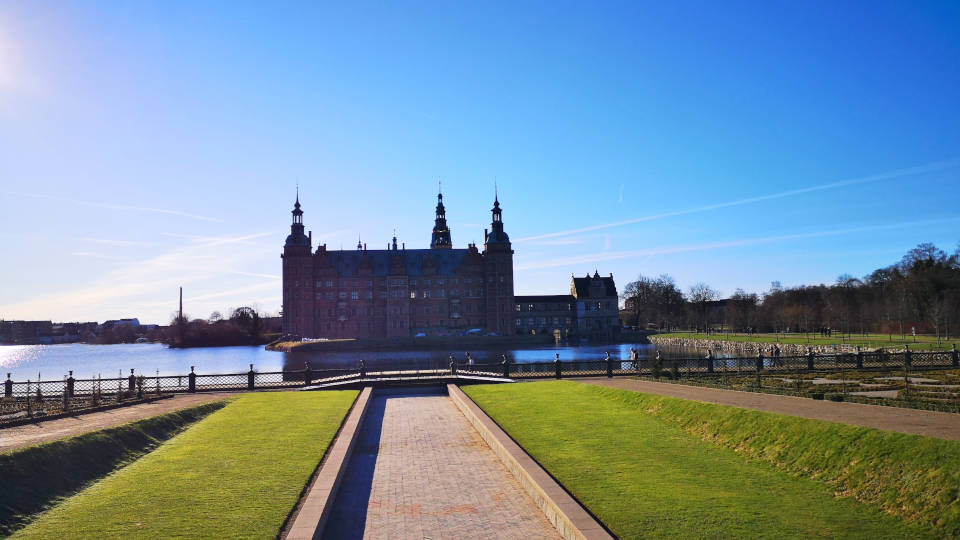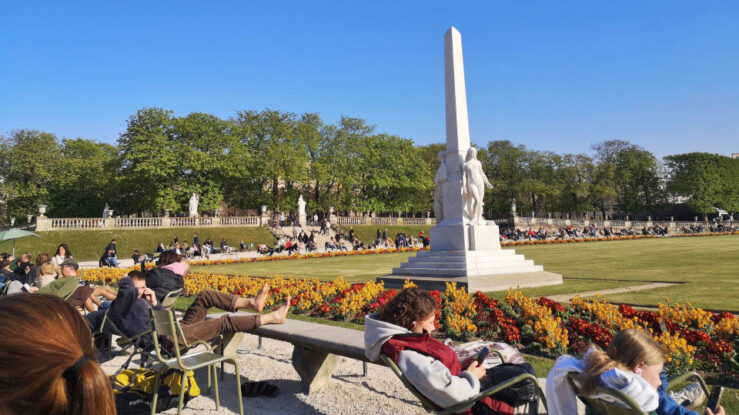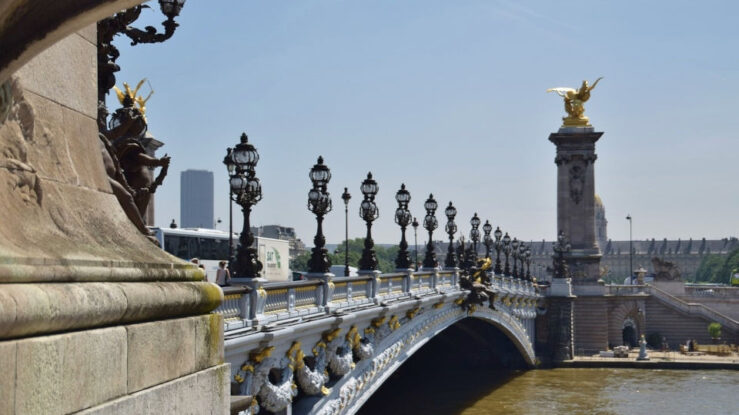Frederiksborg Castle
In Hillerød, the top sight is unarguably the Renaissance castle, Frederiksborg Castle, built by the productive Danish King Christin IV (at the time king of Denmark and Norway) in the early 17th century. The palatial complex was constructed on three small islands in the Castle Lake (Slotssøen) and replaced an earlier castle construction used by King Frederick VII.
The castle’s history is extensive and goes much further back in time. The estate belonged in the past to the Gøyes, a noble family at the beginning of the 1500s. By then, it was named Hillerødsholm. Mogens Gøye had a daughter, Birgitte, who married Herluf Trolle, a naval hero. The couple erected a manor at Hillerødsholm.
In 1550, King Frederick II agreed with Herluf Trolle that he would receive another property in return for the manor. The king had plans to use it as a hunting lodge and soon established the royal stables, the King’s Stables and the Hussars’ Stables, for housing horses for the hunts. Of course, he also renamed the manor to Frederiksborg!
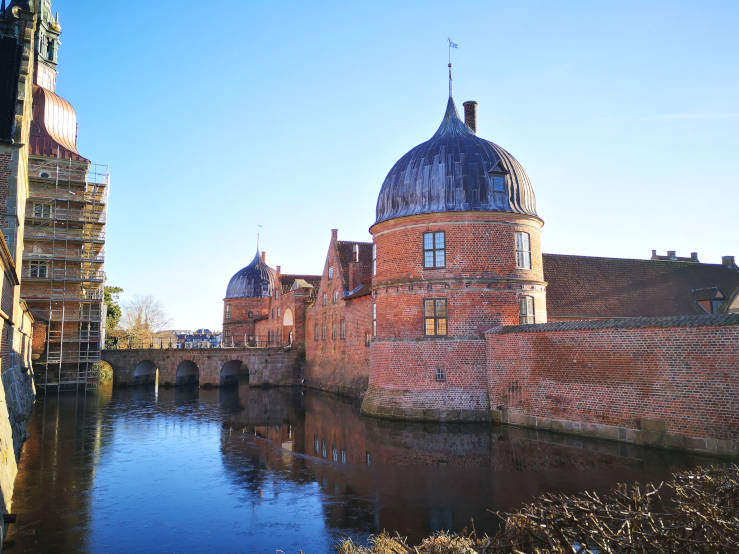
Photo: Travel In Culture
One of the remains from that period is Herluf Trolle’s Tower from 1560, a building still standing today. Another one is the Bath House in Renaissance style from 1581 – which served as a hunting lodge.
Frederiksborg Castle is characterised by its many towers and turrets. Two of these are Mønttårnet and Jægerbakkettårnet. Decorated with four obelisks, the tower above the chapel is also spectacular.
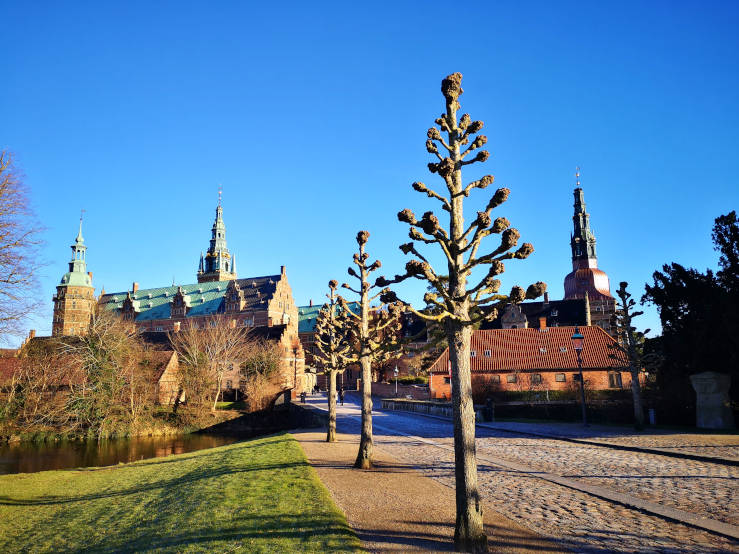
Photo: Travel In Culture
The castle is the largest Renaissance castle in Scandinavia and has been the residence of multiple Danish monarchs. The complex comprises several wings: the King’s Wing, the Chapel Wing, and the Princess’s Wing, all three-storey constructions, and the lower Terrace Wing with mythological figures.
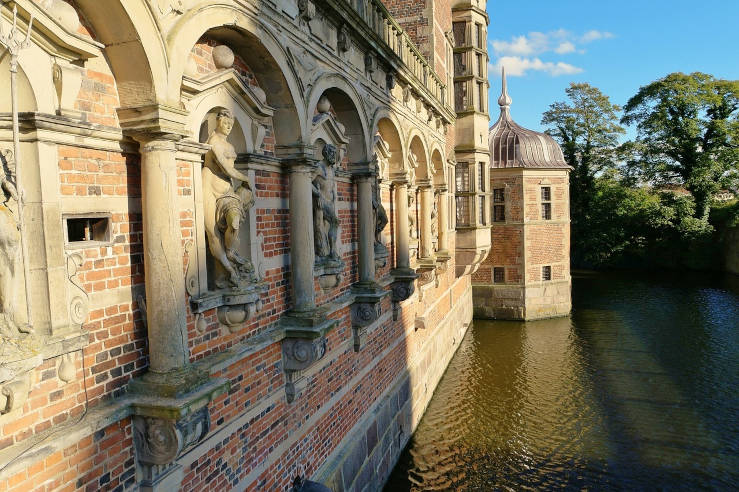
Photo: Niller56 / Pixabay
In 1859, a devastating fire broke out in the castle and destroyed a large part of the interior, including the Great Hall. Nevertheless, the original castle chapel survived! During the following years, the castle was rebuilt by the Danish brewer J.C. Jacobsen, who had founded the Carlsberg Breweries back in 1847.
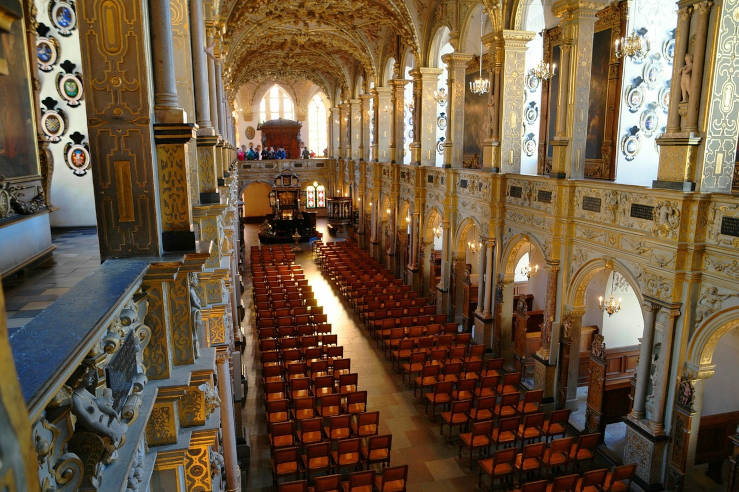
Photo: Niller56 / Pixabay
The Chapel is, besides being a church, famous for being used as a ceremonial chapel for the prestigious orders, Order of the Elephant and Order of the Dannebrog. It is also the site of the signing of the Treaty of Frederiksborg. The Chapel features an outstanding organ with 1,001 wooden pipes, the oldest organ in Denmark, built by Esajas Compenius in 1610 – and rich in ebony, ivory, and silver decorations.
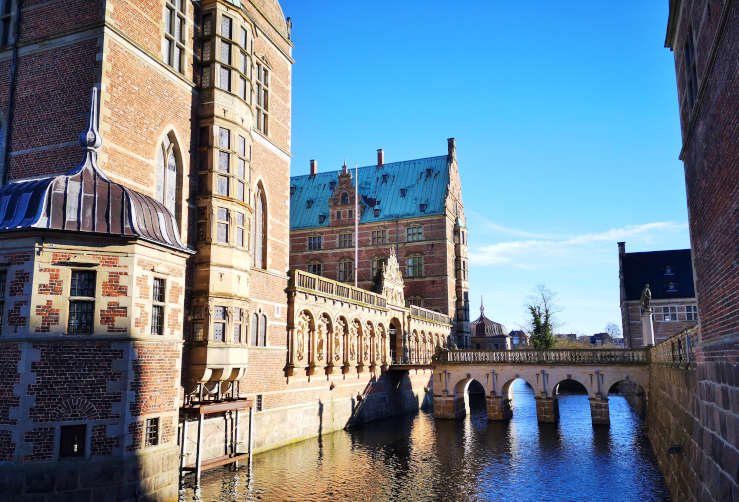
Photo: Travel In Culture
Another masterpiece is the Great Hall (Riddersalen), right above the Chapel, completely restored after the 1859 fire. Noteworthy details are the gilded ceiling, the tapestries, and the enormous chandelier created by Carl Brummer.
Since 1878, Frederiksborg Castle has housed the Museum of National History, which presents Denmark’s cultural heritage from a royal perspective. Inside, paintings, portraits, and furniture tell Denmark’s history over 500 years.
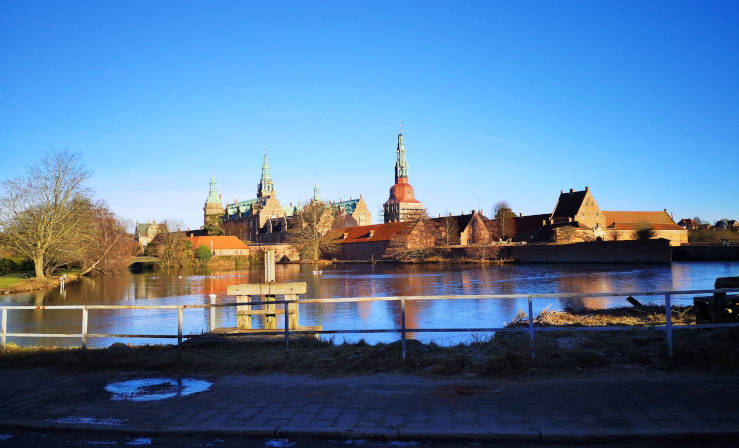
Photo: Travel In Culture
The museum also comprises the Rose Room and the Audience Room. It is a journey from the Middle Ages to this century and a rare insight into changing styles and trends. The museum was established by J.C. Jacobsen, the brewer who was, at the same time, an ideologue, with an interest in politics and society – and an innovator who sought to promote art, culture, and science.
J.C. Jacobsen also donated the Neptune Fountain which, can still be seen in the castle courtyard.
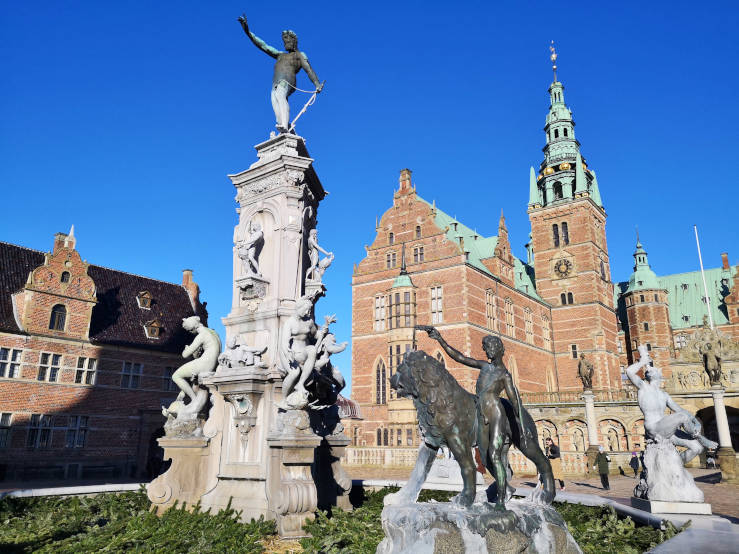
Photo: Travel In Culture
The original fountain, designed by Adrien de Vries in the 1620s, only stayed for a few decades at Frederiksborg Castle. In 1659, the sculptural work was brought to Sweden, and now it adorns Drottningholm Palace in Stockholm. So Frederiksborg Castle will have to do with the copy – that is still a significant symbol of power. The sea god Neptune symbolises the Danish king!

Photo: Travel In Culture
The castle is the largest Renaissance castle in Scandinavia and has been the residence of multiple Danish monarchs. The complex comprises several wings: the King’s Wing, the Chapel Wing, and the Princess’s Wing, all three-storey constructions, and the lower Terrace Wing with mythological figures.

Photo: Niller56 / Pixabay
In 1859, a devastating fire broke out in the castle and destroyed a large part of the interior, including the Great Hall. Nevertheless, the original castle chapel survived! During the following years, the castle was rebuilt by the Danish brewer J.C. Jacobsen, who had founded the Carlsberg Breweries back in 1847.
Frederick VII laid out a landscape garden and had a Norwegian house built.
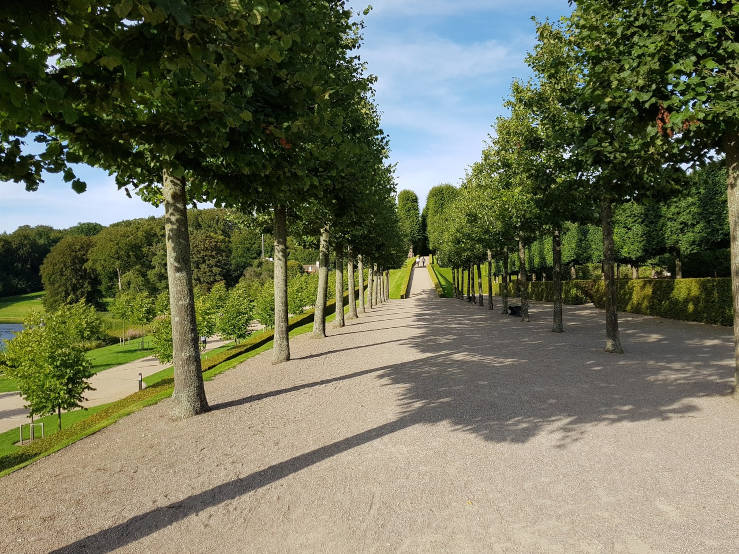
Photo: Samialgelal / Pixabay
Later, at the beginning of the 1700s, the monarch Frederik IV created an elegant baroque garden across the Castle Lake. As a baroque garden, it had the required symmetry, neat paths, low shrubs, and flowerbeds, all arranged around the centrepiece, a fountain.
Over the years, the baroque garden was abandoned, but in 1993, a reconstruction of the original garden was initiated by the design of the architect J.C. Krieger. The design included the royal monograms of Frederick IV, Christian VI, Frederick V and Margrethe II. There are cascading fountains and small ponds, a landscape perspective, symmetric boxwood hedges, and other features that follow the design plans from 1725!
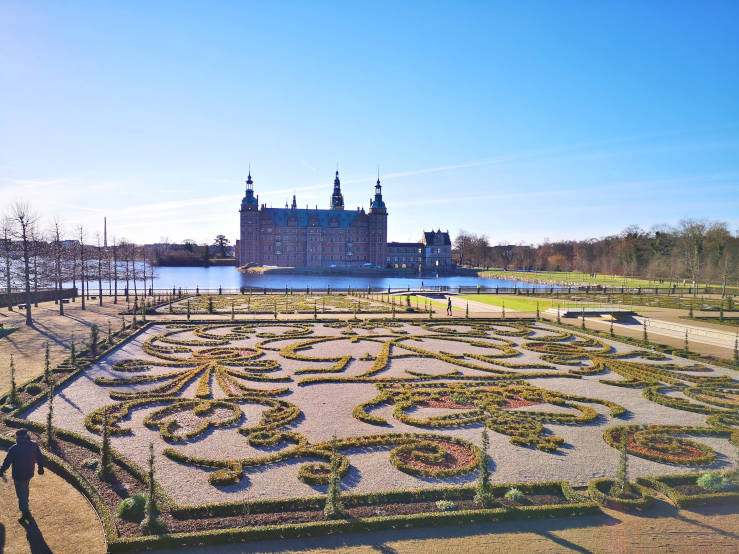
The baroque garden has monograms of four Danish kings | Photo: Travel In Culture
A visit to Frederiksborg Castle should include a stroll along the beautiful Castle Lake. In summer, you can even take the small ferry around the lake on days when the flags are raised at the bridges. The round trip is half an hour.
Read next: Christianshavn – Historic Gem in Copenhagen and 9 Coolest Parks in Copenhagen
Frederiksborg Castle
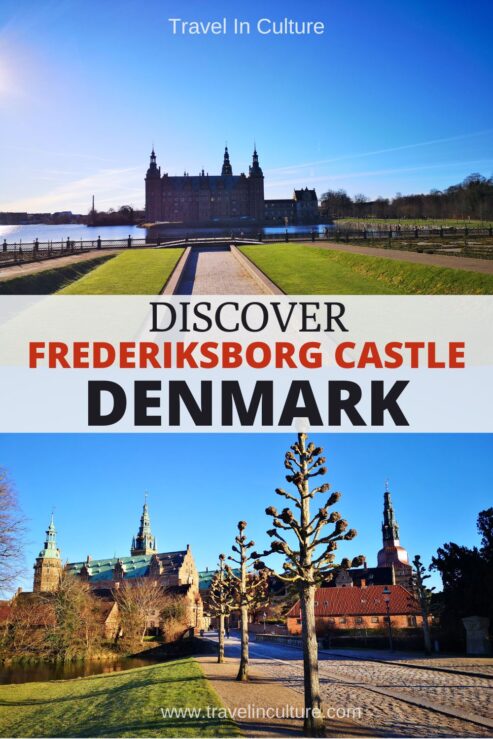
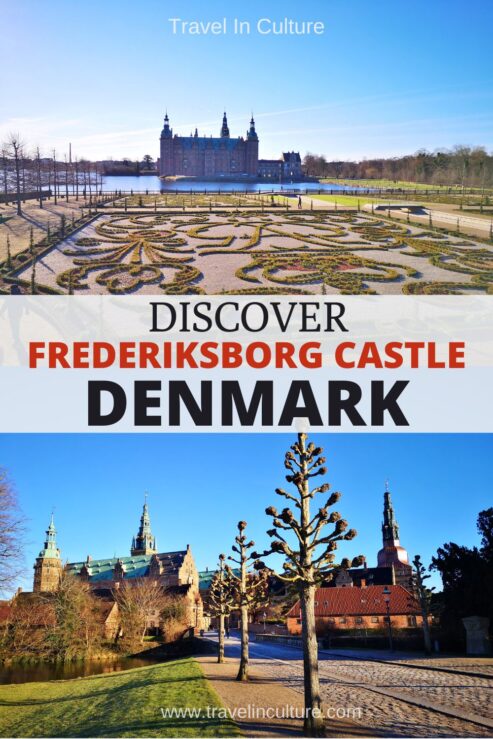
Featured image of
Frederiksborg Castle:
Travel In Culture
Where is Frederiksborg Castle


